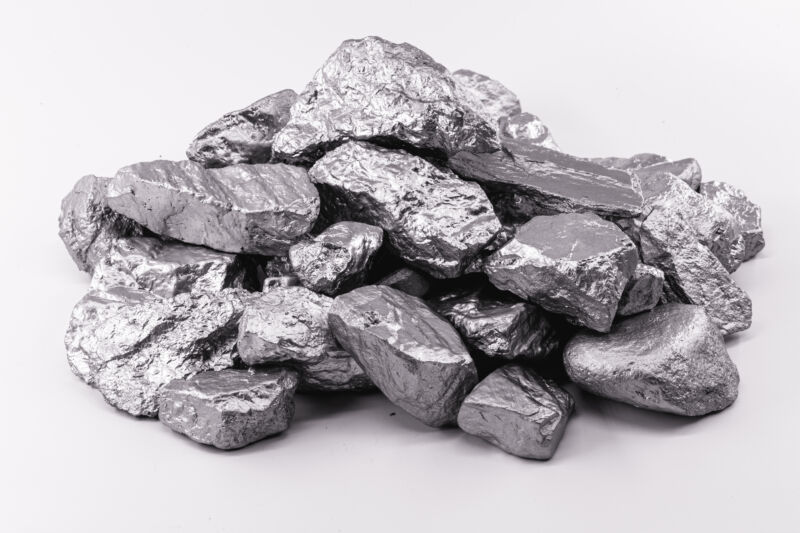-
 chevron_right
chevron_right
Is cybersecurity an unsolvable problem?
news.movim.eu / ArsTechnica · Saturday, 27 May, 2023 - 13:12 · 1 minute

Enlarge (credit: Farrar, Straus and Giroux)
In November 1988, a graduate student at Cornell University named Robert Morris, Jr. inadvertently sparked a national crisis by unleashing a self-replicating computer worm on a VAX 11/750 computer in the Massachusetts Institute of Technology's Artificial Intelligence Lab. Morris had no malicious intent; it was merely a scientific experiment to see how many computers he could infect. But he made a grievous error, setting his reinfection rate much too high. The worm spread so rapidly that it brought down the entire computer network at Cornell University, crippled those at several other universities, and even infiltrated the computers at Los Alamos and Livermore National Laboratories.
Making matters worse, his father was a computer scientist and cryptographer who was the chief scientist at the National Security Agency's National Computer Security Center . Even though it was unintentional and witnesses testified that Morris didn't have "a fraudulent or dishonest bone in his body," he was convicted of felonious computer fraud. The judge was merciful during sentencing. Rather than 15–20 years in prison, Morris got three years of probation with community service and had to pay a $10,000 fine. He went on to found Y Combinator with his longtime friend Paul Graham , among other accomplishments.
The " Morris Worm " is just one of five hacking cases that Scott Shapiro highlights in his new book, Fancy Bear Goes Phishing: The Dark History of the Information Age in Five Extraordinary Hacks . Shapiro is a legal philosopher at Yale University, but as a child, his mathematician father—who worked at Bell Labs—sparked an interest in computing by bringing home various components, like microchips, resistors, diodes, LEDs, and breadboards. Their father/son outings included annual attendance at the Institute of Electrical and Electronics Engineers convention in New York City. Then, a classmate in Shapiro's high school biology class introduced him to programming on the school's TRS-80, and Shapiro was hooked. He moved on to working on an Apple II and majored in computer science in college but lost interest afterward and went to law school instead.



